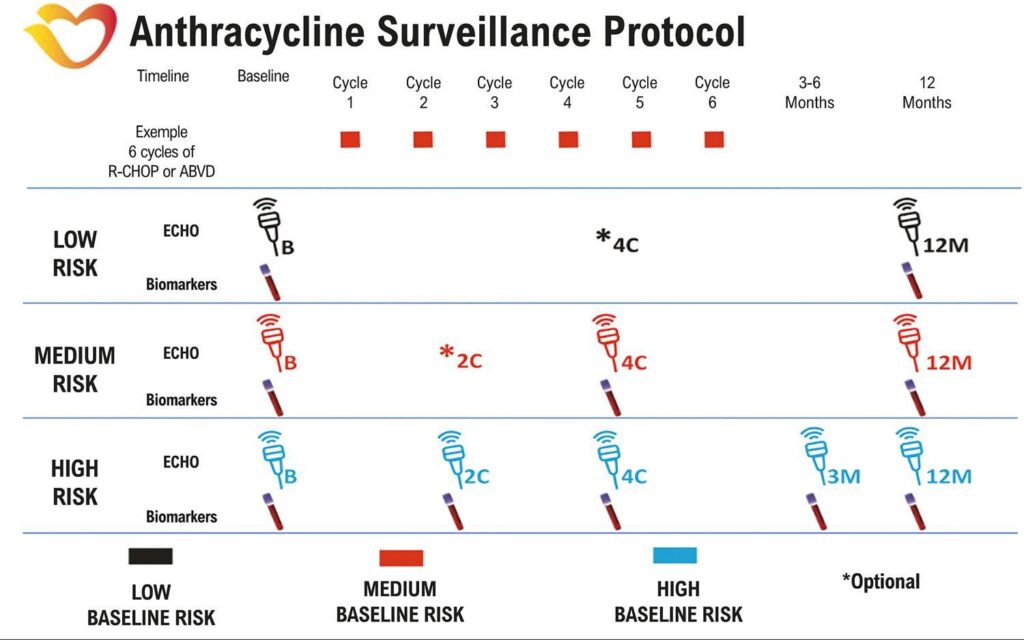ABC Heart Fail Cardiomyop 2022; 2(1): 99-107
Pharmacological Primary Prevention of Chemotherapy-Induced Cardiomyopathy: What is the Best Approach?
Introduction
Advances in oncology, such as better access to health care system, earlier cancer diagnosis, and new chemotherapies, have led to longer survival of oncologic patients over the last decades. However, this population is vulnerable to cardiovascular drug-related adverse events like cardiomyopathy, which leads to heart failure and impairs survival and quality of life. , Among different classes of chemotherapeutic agents, anthracyclines (ANT) stand out as the most related to cardiomyopathy, which may affect cancer survivors in 9% of all cases.
The most widely recognized definition of cardiotoxicity is based on changes in left ventricular ejection fraction (LVEF). A decline of 10% to a value below 50% or a decline associated with heart failure symptoms during or after the use of a cardiotoxic agent suggests cardiotoxicity.
[…]
524


